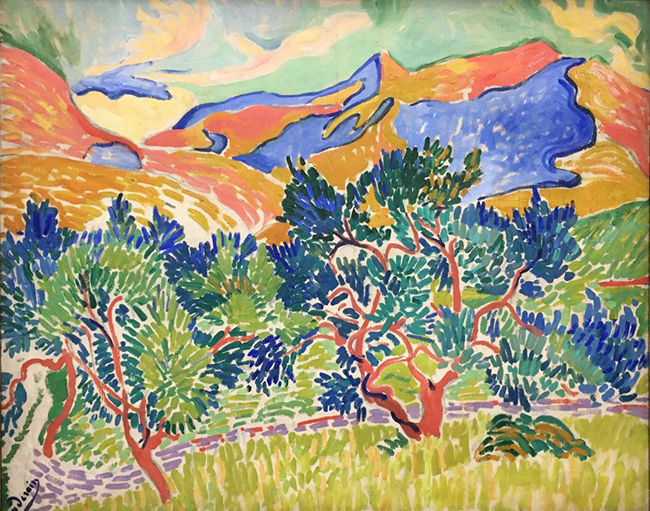Introduction
Mannerism, a distinctive art movement that emerged in the late Renaissance period, stands as a testament to the ever-evolving nature of art. Defined by its departure from the classical ideals of the High Renaissance, Mannerism introduced a new aesthetic language that captivated and perplexed art enthusiasts. In this comprehensive exploration, we delve into the essence of Mannerism art, unraveling its key characteristics, historical significance, and notable examples.
%20details%202.jpeg)



